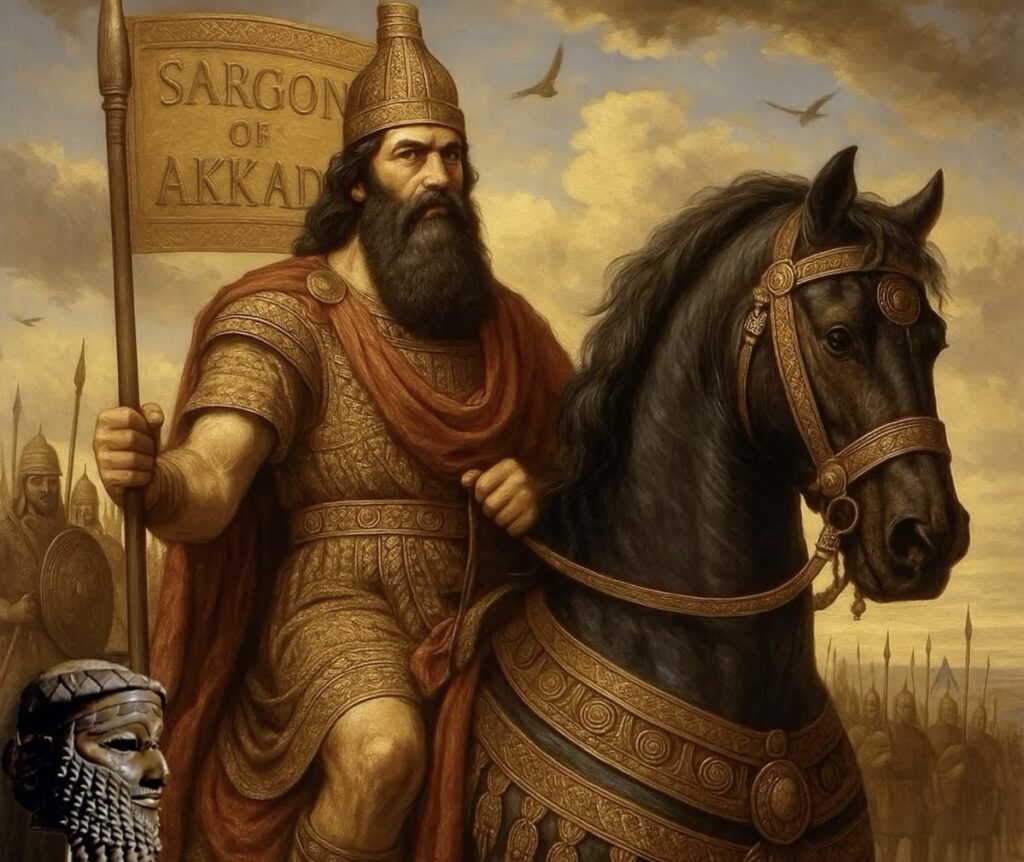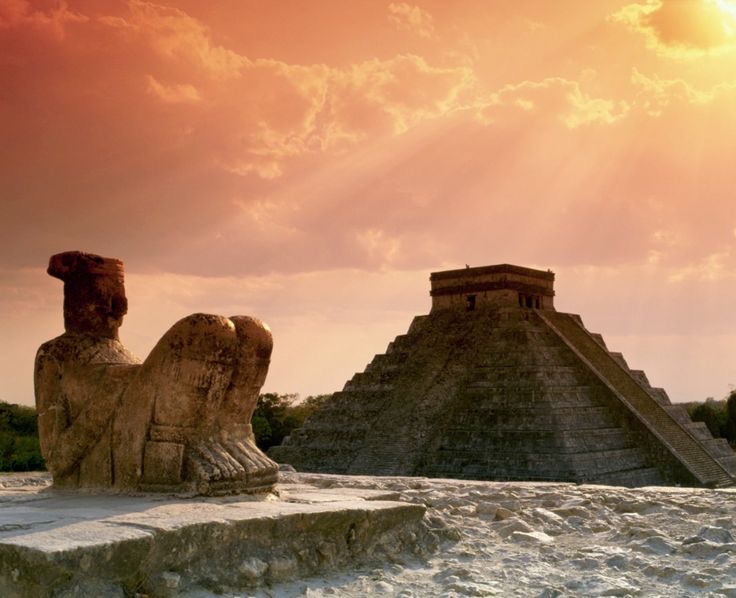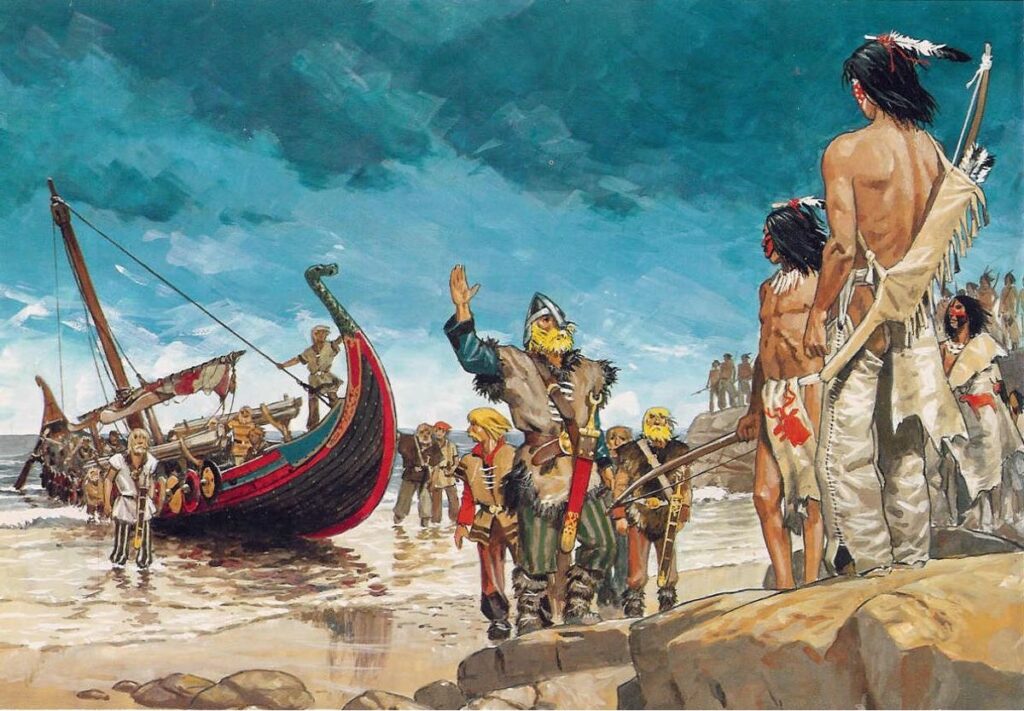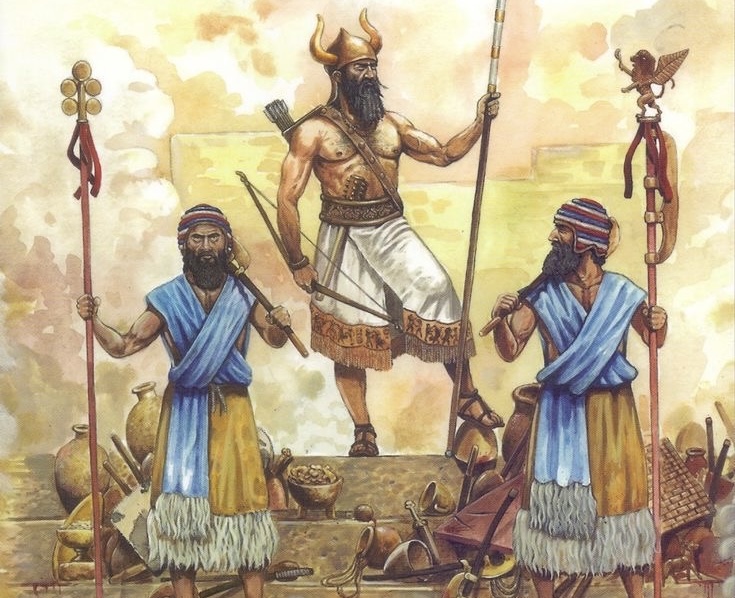Planet Earth is literally boiling!
The summer of 2025 is so hot, you can fry your eggs on the sidewalk. The heatwaves we are experiencing have broken records from Delhi to Dallas. Wildfires have destroyed Canada’s forests, Australia’s outback, and some parts of Southern Europe.
Floods have turned several neighborhoods into lakes. It feels like the planet is in a movie that is about a climate disaster, only this time, it isn’t fiction.
While political conflict, war, and economic problems played roles in the collapse of these civilizations, climate change was a major factor.
As we watch the planet sweat, burn, and flood, a chilling question repeats loudly: Has this happened before?
The answer is yes; this is not the first time the sky turned against us.
Thousands of years before we knew hashtags like #ClimateCrisis or #GlobalBoiling, civilizations were wiped out. While political conflict, war, and economic problems played roles in the collapse of these civilizations, climate change was a major factor. It acted like an invincible executioner; swift, unforgiving, and impossible to argue with.
There were empires that witnessed too little rain and too much heat. The perfect recipe for chaos.
Let’s embark on a time-traveling expedition to three fallen empires: the Akkadians, the Maya, and the Norse Greenlanders. These empires learned things the hard way. They got a firsthand experience of what happens when the Earth’s climate flips the script. Each story sounds remarkably like a cautionary tale for our own times.
So strap in, dear adventurer. Our time-traveling machine, which was built with Tony Stark’s leftover scraps and Doctor Strange’s side-eye, is about to cruise through dusty deserts, lost jungles, and frozen frontiers where the sky betrayed the Earth.
Buckle up! We have some climate ghosts to chase.
The Akkadian Empire: 300 Years of Drought
Meet the OG Empire Builders
Imagine Mesopotamia around 2300 BCE. An era of clay tablets, ziggurats, and kings with names like Sargon. This place was booming.

About 4,300 years ago, the Akkadian Empire became the first true empire in human history. It stretched across present-day Iraq, Syria, and some parts of Turkey and Iran. It was the crown jewel of the Fertile Crescent, a region that had already given birth to and nurtured some of the Sumerian city-states.
Under the leadership of Sargon the Great, the Akkadians unified several diverse people. They streamlined trade, standardized weights and measures, and managed massive canal systems. They were so advanced that they developed one of the earliest writing systems. Even archaeologists still find receipts of some type that were used for goat sales.
It was an era of wealth, organization, and impressive statecraft, but something changed: the rains stopped.
What Happened?
A mega-drought hit. No, we are not talking about a one-summer dry spell. It was a centuries-long climate dry-up. There was no rain, their canals dried out, farms failed, grain stores dwindled, famine followed, and the “rage of the gods”. But this wasn’t divine punishment; it was climate collapse.
The collapse of the Akkadians serves as a reminder that water scarcity can transform fertile empires into wastelands.
The 300-year drought shattered the empire. The once-thriving cities, like Tell Leilan, became deserted and covered in wind-blown dust, resembling a Mesopotamian ghost town.
Echoes of the Akkadian Empire Today
In 2025, parts of the Middle East faced record-breaking temperatures. Baghdad experienced five consecutive days with temperatures above 50°C. Two major rivers in Iraq, the Tigris and Euphrates, are drying due to both damming and climate stress.
The collapse of the Akkadians serves as a reminder that water scarcity can transform fertile empires into wastelands. And when food disappears, social order often follows.
We might be on this empire’s path; Akkad 2.0, only this time with more SUVs and smartphones.
The Maya: When the Jungle Withheld Its Blessings
Meet the Math Whizzes of the Jungle
The Maya are one of the most brilliant Mesoamerican civilizations. Between 250 and 900 CE, they were flexing hard. Think about pyramids that were bigger than they needed to be, a calendar more precise than ours, and astronomy that made Galileo look like a freshman intern.

They built sophisticated observatories and dense urban centers across modern-day Mexico, Guatemala, Belize, and Honduras.
Some of its cities, like Tikal and Calakmul, were bustling with nobles, farmers, press, and, yes, the occasional human sacrifice.
The Maya mastered the jungle, carving out farmland through slash-and-burn techniques and managing vast reservoirs to survive the dry seasons. However, by the 9th century, many of their great cities had mysteriously been abandoned.
What Happened?
Scientists now believe that a severe and prolonged drought contributed to the Maya collapse. Lake sediment cores reveal multiple prolonged dry periods between 800 and 1100 CE. These were not isolated events, as some droughts lasted for decades.
When agriculture depends on seasonal rainfall, and when something like this happens, it is a red card from nature.
The Maya may have accidentally contributed to their own downfall. In order to fuel their cities and ceremonies, they deforested the land. With few trees to maintain the rainfall cycle and stabilize the soil, the land became less capable of absorbing and holding water.
Chaos erupted. Farming systems failed, and farmers abandoned the cities. Wars increased, and elites fought over the scarce resources left. Eventually, the whole region collapsed. The surviving Maya moved to other areas, but the golden age was already toasted.
Echoes of the Maya in our World Today
We are chopping down rainforests as if there were a prize for it. The Amazon, our planet’s giant green lungs, is being cleared out at an alarming rate.
Water scarcity has already triggered conflicts in parts of Africa and Central Asia.
Scientists warn that we are approaching a tipping point. Once enough trees are gone, the rainforest may reversibly shift into a dry savannah. This could impact global weather patterns, carbon sequestration, and the well-being of indigenous communities.
Water scarcity has already triggered conflicts in parts of Africa and Central Asia. How long before they spill across borders?
The Norse in Greenland: When the Cold Came Creeping
Vikings in the Ice
In 985 CE, Viking explorer Erik the Red was exiled from Iceland. He and a group of settlers sailed west, founded a settlement on a chilly landmass, and named it Greenland.

For centuries, they thrived, raising livestock, building churches, and trading ivory and wool with Europe. Despite the harsh, icy environment, they created a Norse-style society on the edge of the known world, and for about 400 years, everything was going great
But by the 14th century, the weather changed again.
The Little Ice Age
Greenland’s Norse settlements collapsed during a period known as the “Little Ice Age,” a period from approximately 1300 to 1850 CE, marked by lower global temperatures. For Greenland, that meant shorter growing seasons, frozen fjords, and encroaching sea ice, which blocked trade routes.
They were supposed to adapt, right? Nope, they didn’t.
Unlike the Inuit, who thrived by hunting seals and adapting to more flexible survival tactics, the Norse clung to their European ways. They continued to try to farm and raise cattle in increasingly unfavorable conditions. Eventually, their communities vanished, and the last Norse Greenlanders either perished or left.
Echoes of Norse Greenland in our World Today
Today, Greenland is melting at an alarming rate. Glaciers and ice sheets are vanishing at an unprecedented rate, contributing to the global rise in sea levels. However, the real lesson to be learned here is not just about the cold; it’s about cultural rigidity.
Even as the climate changed, the Norse refused to change the way they lived. As of 2025, billions of dollars have been spent after the fact, instead of preventing the damage in the first place.
2025: Are We Next? Or Just a Sequel?
Let’s review it: From ancient Mesopotamia to the frozen frontiers of Greenland, the sky has turned against human societies before. But those civilizations had excuses; we don’t.
Phoenix, Arizona hit 53°C (127°F), the highest temperature ever recorded in the city.
They didn’t have satellites, predictive models, or scientific findings. They couldn’t foresee climate change, let alone reverse it. We can. And yet here we are, with:
- Phoenix, Arizona, hitting 53°C (127°F), the highest temperature ever recorded in the city.
- Wildfires sweeping across three continents, with Canada reporting the worst fire season in recorded history.
- Floods submerging parts of India, Germany, and the U.S., displacing millions and destroying crops.
- Coral reefs bleaching beyond recovery, ocean currents slowing, and mass reduction in animal populations from heat stress.
These are not isolated incidents. They are symptoms of a global system that is cracking under pressure.
“Fun Fact: In 2024, Death Valley in the U.S. broke a global heat record with a temperature so high that camera equipment melted while filming it.”
So, are we living in the opening credits of our own civilization’s collapse?
Why Climate Collapse Feels So Distant—Until It Isn’t
One reason ancient collapses feel so distant is that they unfolded slowly, over decades or even centuries. But for those who lived through them, the decline was painfully real. Starving farmers, deserted cities, and fractured societies.

Our collapse might not come as a single cataclysm. It could come in waves: a crop failure here, a migration crisis there, a market crash, a water war, an energy shock. Together, they could unravel the delicate balance on which we depend.
You could argue that we still have an edge. Satellites, Artificial intelligence (AI), climate science, and the internet. You are literally reading this article on a device made from rare earth minerals while the cloud stores your memes.
But here is the trap: knowing is not the same thing as doing.
The Maya could not model their rain patterns; we can. The Norse couldn’t coordinate a global response; we can. The Akkadians didn’t have climate conferences; we’ve had 28 COPs and counting.
So why are we still pretending that the sky won’t betray us again?
We Can Still Change the Outcome
While these empires couldn’t do much to save themselves, we can rewrite our ending. We know what causes climate change, and we know how to reduce emissions. What we lack is collective will.
History doesn’t always repeat itself, but it shares similarities with current realities. The sky betrayed the earth once; now it’s warning us. What we do next will determine whether we become another tragic chapter or whether we break the cycle.
Closing Thought: Will Our Descendants Dig Through Our Ruins?
In 1,000 years, will archaeologists study the ruins of Miami, Manchester, or Lagos and wonder what led to their downfall? Will they find traces of TikTok, fast fashion, and fossil fuels, and shake their heads at our blindness?
Or will they see the moment we turned things around? Unlike the Akkadians, Mayans, or Norse, we’re not just waiting on the sky anymore. We have become the storm. And maybe, just maybe, we can also be the calm that follows.
These three empires didn’t see it coming, but we do. Do you think your great-grandkids will thank us… or blame us? Let’s hear it in the comments below.

